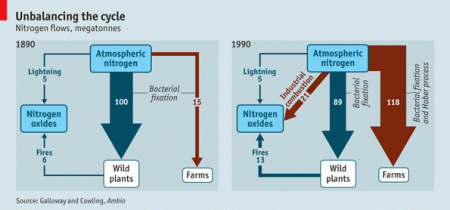An item on the website of Conservation Magazine describes how best to buy ecosystem services. It distinguishes “payments for action” from “payments for results”.
Farmers in Europe, it says, are paid to mow their hayfields to create habitat for birds, and get the cash regardless of how many birds use the grasslands. That’s payment for action.
In Cambodia, by contrast, villagers are paid to conserve forests, “but only if visiting birdwatchers see certain unusual species”. Payment for results.
Most current schemes to pay for ecosystem services apparently reward actions, rather than results. But which method actually delivers better results?
In general, “payment by action is favored where there is a clear action” that will clearly benefit biodiversity and is relatively easy to measure, they concluded. So paying to increase wetland habitat for birds known to frequent marshes would make sense.
In contrast, in degraded landscapes, or in places where conservationists aren’t sure which actions will bring the most benefit, it might make more sense to pay for results.
The conclusions emerge not from any kind of field study but from a theoretical model “consisting of one conservation agency, one land manager and one patch of habitat. The model assumed that the land manager wanted to maximize income from the patch. The agency, meanwhile, had a limited budget and wanted to get the biggest biodiversity boost for its buck.”
How to apply this to on-farm conservation of agricultural biodiversity? It’s complex. Research is currently going on at Bioversity and elsewhere, with some nifty approaches that, for example, allow different communities to bid for the payments, establishing a market that economist Adam Drucker says allows you to get more conservation for the same amount of money. He has also been exploring the tensions between economic efficiency and social equity; do members of the community resent some being paid more than others for the “same” conservation. A peer-reviewed journal has accepted a paper for publication; we’ll bring you news of an “easier” version of the story when we have it.
